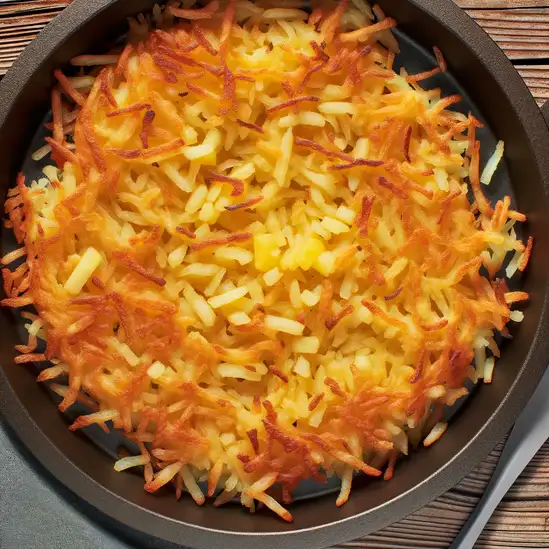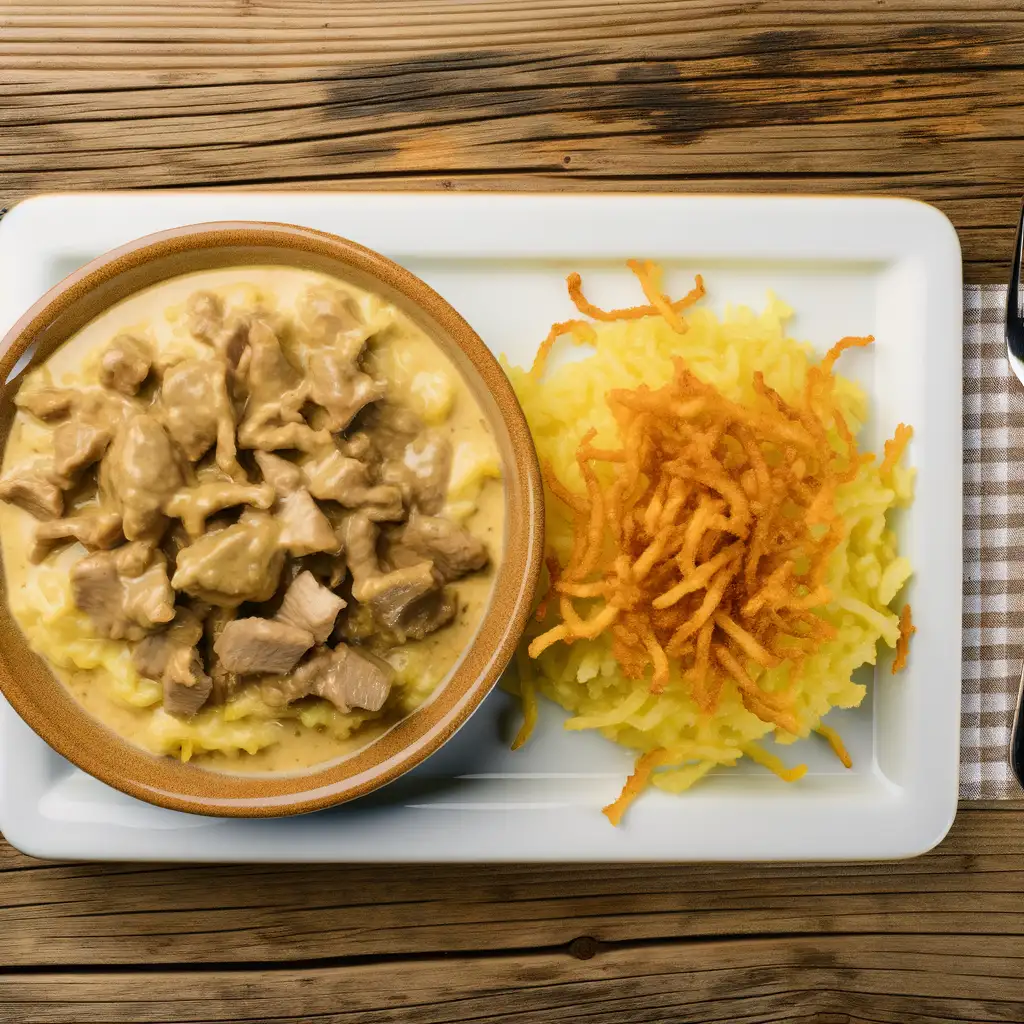



If you ever find yourself wandering through Switzerland,Winterthur is one of those places that quietly steals your heart without shouting for attention. It’s got this effortlessly cool vibe—like a city that’s both comfortably settled and buzzing with creative energy. As you stroll through its charming streets,you’ll notice the blend of old-world charm and modern flair,with colorful murals popping up alongside centuries-old architecture. The air carries a fresh,crisp scent,especially in the mornings when the nearby forests seem to breathe life into the city.
Winterthur’s culture feels deeply rooted yet refreshingly alive. It’s known for its incredible museums,but what really stands out is how art spills into everyday life—whether it’s a quirky sculpture in a quiet park or a lively street market filled with local crafts and fresh pastries. Speaking of pastries,don’t miss trying a buttery,flaky Zopf bread from one of the cozy bakeries; paired with a rich Swiss coffee,it’s the perfect way to start your day here.
What I love most is the city’s pace—it’s relaxed but never dull. You can hear the gentle hum of conversations in outdoor cafés,the clinking of glasses as locals toast to the evening,and the soft rustle of leaves in the wind. Winterthur feels like a place where you can slow down,soak in the simple pleasures,and still find unexpected sparks of inspiration around every corner.
The information on this page is currently being reviewed by Tripkliq and should be used as a guide only
Eng word: Hello
Eng pronunciation: hah-loh
Local language: Hallo
Eng word: Goodbye
Eng pronunciation: owf vee-der-zay-en
Local language: Auf Wiedersehen
Eng word: Thank you
Eng pronunciation: dahn-kuh
Local language: Danke
Eng word: How much
Eng pronunciation: vee feel
Local language: Wie viel
Eng word: Toilet
Eng pronunciation: toy-let-tuh
Local language: Toilette
Eng word: Help me
Eng pronunciation: hil-fuh
Local language: Hilfe
Eng word: Yes
Eng pronunciation: yah
Local language: Ja
Eng word: No
Eng pronunciation: nine
Local language: Nein
Eng word: Excuse me
Eng pronunciation: ent-shool-dee-goong
Local language: Entschuldigung
Winterthur was founded by the Romans in the 1st century AD and was originally known as 'Vitudurum.' It served as an important settlement along Roman trade routes.
In the Middle Ages, Winterthur became a thriving market town, gaining city rights in 1264. Its strategic location made it a hub for trade and commerce in the region.
Winterthur was closely associated with the Kyburg family, a prominent noble dynasty in the 12th and 13th centuries. The Kyburg Castle, located nearby, is a testament to this era.
In 1467, Winterthur became part of the Swiss Confederation after being sold to the city of Zurich. This marked a significant turning point in its history and development.
During the 19th century, Winterthur emerged as an industrial powerhouse, particularly in the fields of machinery, textiles, and engineering. Companies like Sulzer and Rieter were founded here.
Winterthur became known as a cultural center in the 19th and 20th centuries, with the establishment of institutions like the Winterthur Museum of Art and the Winterthur Conservatory of Music.
Art collector Oskar Reinhart donated his extensive collection of European art to the city, which is now housed in the Am Römerholz Museum, a must-visit for art enthusiasts.
Winterthur is home to the Swiss Science Center Technorama, one of the most renowned science museums in Europe, offering interactive exhibits for visitors of all ages.
Winterthur is known as one of Switzerland's greenest cities, with numerous parks, gardens, and nature reserves. The Eulach River and surrounding countryside offer scenic beauty for tourists.
In Winterthur, the most common Power Adaptor is Type C, Type J.



A Swiss potato dish, similar to hash browns, made from grated potatoes that are fried until crispy and golden.

A creamy veal dish cooked with white wine and served with Rösti, originating from the nearby city of Zurich but popular in Winterthur.

A hearty Swiss dish made with macaroni, potatoes, cream, cheese, and often served with stewed apples.

A nut tart from the nearby region of Graubünden, filled with caramelized nuts and cream, often enjoyed as a dessert.

A traditional Swiss sausage, often grilled and served with mustard and bread, popular at local markets and festivals.

A creamy risotto flavored with saffron, showcasing the influence of Italian cuisine in the region.
Imagine stepping into a city where every corner feels like a scene from a timeless painting—Venice is exactly that kind of place. The moment you arrive,the gentle lapping of water against ancient stone buildings wraps around you like a soft melody. Instead of streets,there are winding canals,and instead of cars,gondolas glide silently beneath ornate bridges,their oars dipping rhythmically into the emerald water. The air carries a mix of salty sea breeze and the faint aroma of fresh espresso and baked pastries from nearby cafés,inviting you to slow down and savor the moment.
Venice has this magical,almost dreamlike quality. The light here is different—soft and golden in the mornings,casting long shadows on the labyrinth of narrow alleys and colorful facades. You’ll find yourself wandering without a map,getting delightfully lost among the bustling markets,where vendors call out in melodic Italian,selling everything from fresh seafood to vibrant Murano glass. The city’s rich history whispers from every corner,from the grandeur of St. Mark’s Basilica to the quiet charm of tucked-away piazzas where locals sip wine and chat as if time has paused.
What makes Venice truly unforgettable is its rhythm—slow,intimate,and deeply human. It’s a place where you can hear the laughter of children playing by the water,the clinking of glasses in cozy trattorias,and the soft hum of a street musician’s violin. Visiting Venice isn’t just about seeing a city; it’s about feeling its heartbeat,tasting its flavors,and becoming part of its endless story.
Switzerland's largest city,Zurich offers a mix of modern attractions and historic charm,with Lake Zurich providing access to nearby islands and scenic boat tours.
ExploreIf you find yourself wandering through Lucerne-Stadt District,you’ll immediately notice a kind of gentle magic in the air—a blend of old-world charm and lively modern spirit that wraps around you like a cozy shawl. Picture cobblestone streets lined with colorful,centuries-old buildings,their wooden shutters painted in warm hues,while the soft murmur of the Reuss River flows nearby,adding a soothing soundtrack to your stroll. The scent of fresh-baked bread mingles with the crisp mountain air,inviting you to pause at a café and savor a buttery croissant paired with rich Swiss coffee.
Lucerne’s heart beats in its vibrant squares where locals and visitors mingle,laughter spilling from open-air terraces. The city’s culture feels deeply rooted yet refreshingly alive—artisans craft delicate glassworks,musicians fill the streets with melodies,and history whispers from every corner,especially around the iconic Chapel Bridge with its painted panels telling tales from centuries past. It’s a place where tradition and creativity dance together effortlessly.
What truly sets Lucerne apart is how it balances the serene with the spirited. You can lose yourself in the peaceful beauty of Lake Lucerne’s shimmering waters,framed by towering Alpine peaks,then dive into a bustling market or a lively festival celebrating Swiss heritage. It’s a city that invites you to slow down,breathe deeply,and soak in moments that feel both timeless and wonderfully alive.
Imagine stepping into Genève and instantly feeling a calm,sophisticated energy that’s both cosmopolitan and deeply connected to nature. The city hums quietly with the gentle lapping of Lake Geneva’s crystal-clear waters against the shore,while the distant silhouette of the Alps frames the horizon like a living painting. Strolling along the lakeside,you catch the fresh scent of blooming flowers mingling with the crisp mountain air,and the soft murmur of conversations in French,English,and countless other languages reminds you that this is truly a global crossroads.
What’s special about Genève is how effortlessly it blends its rich history with a modern,forward-thinking spirit. You can wander through cobblestone streets lined with centuries-old buildings,then pop into a sleek café to savor a perfectly brewed espresso or a flaky,buttery croissant. The city’s cultural pulse is palpable in its art galleries,international museums,and vibrant markets where local artisans showcase everything from handmade chocolates to intricate watchmaking.
But beyond the sights and sounds,Genève feels like a place that invites you to slow down and savor the moment. Whether you’re watching the iconic Jet d’Eau spray high into the sky or sharing a meal of fresh lake fish paired with a glass of crisp Swiss wine,there’s a warmth here that stays with you long after you leave. It’s a city that welcomes you with open arms and leaves you curious to explore more.
If you ever find yourself wandering through the Lugano District,get ready to be wrapped in a warm,Mediterranean embrace right in the heart of Switzerland. The moment you step into Lugano,there’s this gentle hum of life—people chatting in Italian,the clinking of espresso cups at cozy cafés,and the soft lapping of Lake Lugano’s waters against the shore. The air carries a subtle mix of fresh pine from the surrounding mountains and the faint aroma of baked focaccia from nearby bakeries. It’s a place where Swiss precision meets Italian flair,creating a unique rhythm that’s both relaxed and vibrant.
Walking along the lakefront promenade,you’ll catch glimpses of colorful boats bobbing gently,while locals and visitors alike stroll under the shade of palm trees,their laughter mingling with the distant call of seagulls. The architecture is a charming blend of old-world elegance and modern touches,with pastel-colored buildings standing proudly beside sleek boutiques and art galleries. Don’t miss the chance to savor a gelato or sip on a rich,velvety espresso as you watch the sun dip behind the mountains,painting the sky in hues of pink and gold.
What really makes Lugano special is its seamless blend of cultures and landscapes. You can hike up Monte Brè for breathtaking panoramic views,then dive into the lively markets where fresh produce and local cheeses tempt your taste buds. The city pulses with a creative energy—music festivals,art exhibitions,and open-air theaters bring the streets to life. It’s a place that invites you to slow down,breathe deeply,and soak in the simple pleasures of lakeside living with a cosmopolitan twist.
Munich feels like a city that’s perfectly balanced between old-world charm and lively modern energy. When you stroll through its streets,you’re greeted by the warm glow of centuries-old architecture,like the majestic Frauenkirche with its twin towers standing tall against the sky. The air often carries the inviting scent of freshly baked pretzels and rich,malty beer wafting from cozy beer gardens where locals and visitors alike gather to share stories and laughter. It’s a place where history isn’t just in museums—it’s alive in the rhythm of everyday life.
What really makes Munich special is its character:a blend of Bavarian pride and open-hearted hospitality. You’ll hear the cheerful clinking of steins and the hum of conversations in both German and a dozen other languages,reflecting the city’s international vibe. The Englischer Garten offers a peaceful escape with its sprawling green lawns and the gentle rush of the Eisbach river,where surfers catch waves right in the heart of the city—a quirky,unexpected sight that perfectly captures Munich’s playful spirit.
And then there’s the food—oh,the food! From hearty sausages and tangy sauerkraut to delicate white asparagus in spring,every bite tells a story of tradition and care. Whether you’re savoring a warm apple strudel in a sunlit café or enjoying a crisp Weissbier under chestnut trees,Munich invites you to slow down and savor the moment. It’s a city that feels like a warm embrace,welcoming you to explore,taste,and simply be.
Scammers may install skimming devices on ATMs to steal card information from unsuspecting users.
Tourists may be sold fake or low-quality souvenirs at high prices, especially in busy tourist areas.
Tourists may be offered poor exchange rates or counterfeit currency at unofficial exchange points.
Scammers pose as ticket inspectors on public transport, demanding on-the-spot fines from tourists who may not be familiar with the system.
Unlicensed guides may offer tours at inflated prices, providing little value or incorrect information about the city.
Some taxi drivers may overcharge tourists by taking unnecessarily long routes or not using the meter.
Crowded areas like train stations or markets can attract pickpockets who target distracted tourists.
Individuals may approach tourists asking for donations for fake charities or causes, often using emotional stories.
The possession, sale, and use of most drugs are illegal in Winterthur, as in the rest of Switzerland. However, cannabis with less than 1% THC is legal and can be purchased by adults. Possession of small amounts of cannabis for personal use may result in a fine, but stricter penalties apply for larger quantities or trafficking. Tourists should avoid drug use and adhere to Swiss laws.
In Winterthur, Switzerland, smoking is prohibited in enclosed public spaces, including restaurants, bars, public transportation, and workplaces. Smoking is allowed in designated smoking areas and outdoors, provided it does not disturb others. Tourists should be mindful of 'No Smoking' signs and local customs.
Vaping is subject to similar regulations as smoking in Winterthur. It is prohibited in enclosed public spaces and public transportation. Some establishments may have specific rules regarding vaping, so it is advisable to check before using e-cigarettes indoors.
What are other people saying about Winterthur?
Recent Social posts about Winterthur
There is nothing to show you for now.